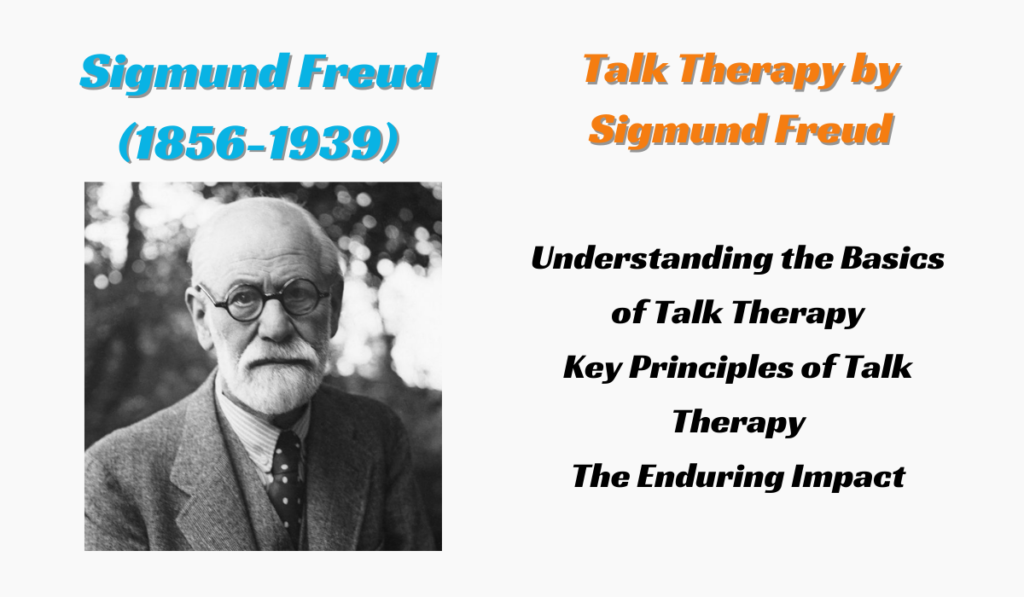If you’re struggling with anxiety and nothing seems to help, you’re not alone. And you’re definitely not out of options.
At our treatment facility in Atlanta, we use TMS therapy for anxiety weekly, sometimes daily. We’ve seen it help dozens of clients find real relief from symptoms that once felt overwhelming.
Here’s what TMS therapy is, how it works, and why it might be the step forward you’ve been looking for.

Brief Overview of TMS Therapy
TMS therapy stands for transcranial magnetic stimulation.
It’s a non-invasive treatment that uses targeted magnetic pulses to stimulate areas of the brain involved in mood regulation.
Much appreciated by our clients, it doesn’t require medication, and there’s no sedation or downtime. While originally FDA-approved for depression, many clinics like ours use TMS therapy for anxiety with great results.
What makes TMS therapy for anxiety unique is that it works directly with your brain. For clients who are tired of talk therapy alone or haven’t found relief from medication, this can be a powerful alternative.
Sessions are done in-office, typically last about 20 to 30 minutes, and allow you to return to your day immediately afterward. You can even drive yourself home in many cases, if not most.
How TMS Therapy Helps with Anxiety
Anxiety disorders often involve overactive brain circuits—especially in areas that control fear, worry, and emotional response.
TMS therapy for anxiety calms this hyperactivity. By applying gentle magnetic pulses to these areas, TMS helps the brain regulate itself more effectively.
At our Atlanta center, we’ve seen TMS help reduce panic attacks, give clients more control over intrusive thoughts, and help them feel more centered during stressful moments. Some describe it as having an “off switch” for anxiety that once felt constant.
Clients also report better sleep, improved concentration, and stronger relationships after completing a round of TMS therapy for anxiety.
It’s not magic. But thankfully it offers real, measurable change. And for many people, it’s the first treatment that actually works.
What to Expect During TMS Treatment
TMS therapy for anxiety is simple and straightforward. There’s no prep, no anesthesia, and no recovery time. When you arrive at our clinic, you’ll sit comfortably in a chair while a technician positions the TMS device near your head.
You’ll feel a tapping sensation as the magnetic pulses are delivered. Most clients describe it as odd at first, but not painful.
Each session lasts around 20–30 minutes. Most people receive TMS therapy for anxiety five days a week over the course of six weeks. Side effects are rare, but the most common is mild scalp discomfort or a headache that goes away quickly.
What clients love most is how comforting it feels to know this treatment is working with their brain—not masking symptoms, but helping their brain function better on its own.
Is TMS Therapy Right for Your Anxiety?
TMS therapy for anxiety isn’t for everyone but it can be life-changing for the right person. If you’ve tried medication or talk therapy without lasting success, or you’re sensitive to medications, TMS might be worth exploring. It’s especially helpful for people with panic disorder, generalized anxiety, or anxiety that feels like it’s stuck in “always on” mode.
There are some reasons you may not qualify. For example, if you have metal implants in your head or a history of seizures. That’s why we always start with a thorough evaluation.
Our team has seen firsthand what happens when someone gets matched with the right treatment.
TMS therapy for anxiety can help you not just manage symptoms but actually feel more like yourself again.
TMS Therapy for Anxiety and Depression
Many of our clients don’t just experience anxiety. They also struggle with depression.
These two conditions often go hand in hand, creating a cycle that’s tough to break. That’s why TMS therapy for anxiety can be especially powerful even when depression is part of the picture.
TMS is FDA-approved for treatment-resistant depression, which means there’s strong clinical evidence behind its use. And since anxiety and depression share overlapping brain pathways, TMS often helps reduce symptoms of both at the same time.
Clients who come in feeling stuck in sadness, fatigue, worry, and fear often begin to feel lighter and more emotionally stable after just a few weeks of TMS therapy for anxiety. They sleep better, respond to stress more calmly, and feel more present in their relationships and work.
Because TMS doesn’t rely on medication, it’s a good fit for people who are managing complex symptoms or who haven’t had success with traditional treatment plans. It’s one tool, but it has the power to unlock progress across multiple areas of your life.
TMS Therapy vs Other Anxiety Treatments
Most people with anxiety start with talk therapy or medication. These approaches are helpful for many. But they don’t work for everyone.
TMS therapy for anxiety offers a different route. It doesn’t change your day-to-day routine. It doesn’t come with medication side effects. And it’s targeted. It works on the brain pathways responsible for your anxiety in a direct way.
Some of our clients continue therapy during TMS, while others use it as a stand-alone option. Either way, it’s not about choosing one approach over another. It’s about finding the right combination that actually works.
If you’re tired of white-knuckling your way through anxiety, TMS might be the treatment that makes everything else finally click.
How TMS Compares to Anxiety Medications
If you’ve tried anxiety medication and felt frustrated by the side effects (or felt like nothing changed at all) you’re not alone. Many of the people we treat with TMS therapy for anxiety have walked that same path.
Medications like SSRIs and SNRIs work systemically, meaning they affect your whole body, not just your brain. That’s why some people experience side effects like weight changes, fatigue, sexual dysfunction, or emotional numbness. They can help, but they often take weeks to work and don’t always bring lasting relief.
TMS therapy for anxiety works differently. It targets specific parts of your brain that regulate mood and anxiety without affecting the rest of your body.
There’s no daily pill to remember, and most people don’t experience any major side effects. It also doesn’t interact with other medications, which makes it a good option for people managing multiple conditions.
We’ve seen firsthand how TMS can offer a clearer mind, better sleep, and fewer anxious spirals. Especially for people who feel stuck even after trying several medications. It’s not about replacing every option. It’s about finally finding one that works for you.
Why Choose SLOW in Atlanta for TMS Therapy
We’re not new to this. At our Atlanta clinic, we use TMS therapy for anxiety every week. And we’ve watched it change lives. What sets us apart is the level of care we provide: personalized protocols, experienced staff, and a real commitment to helping you get better.
We’re not just following the research. We’re watching it work in real time!
Every client who walks through our doors helps strengthen our belief in this treatment. If you’re ready to explore a new path forward, we’re here to walk it with you.
Get Your Anxiety Handled and Your Life on Track
Anxiety doesn’t have to run your life. If traditional options haven’t helped, TMS therapy for anxiety might be exactly what you need. It’s safe, effective, and backed by both research and real-world success.When you’re ready, our team in Atlanta is here to help you feel like yourself again. You can feel calmer, clearer, and more in control.
Known Psychology is a collaborative platform run by a dedicated team of psychology experts, professional writers, and experienced editors who are passionate about psychology and mental wellness. We publish evidence-based, easy-to-understand content designed to inform, inspire, and support our global audience. Every article is carefully researched and crafted to provide reliable insights into human behavior, emotional health, therapy techniques, and personal growth strategies. At Known Psychology, we turn complex psychological topics into simple, actionable knowledge.


